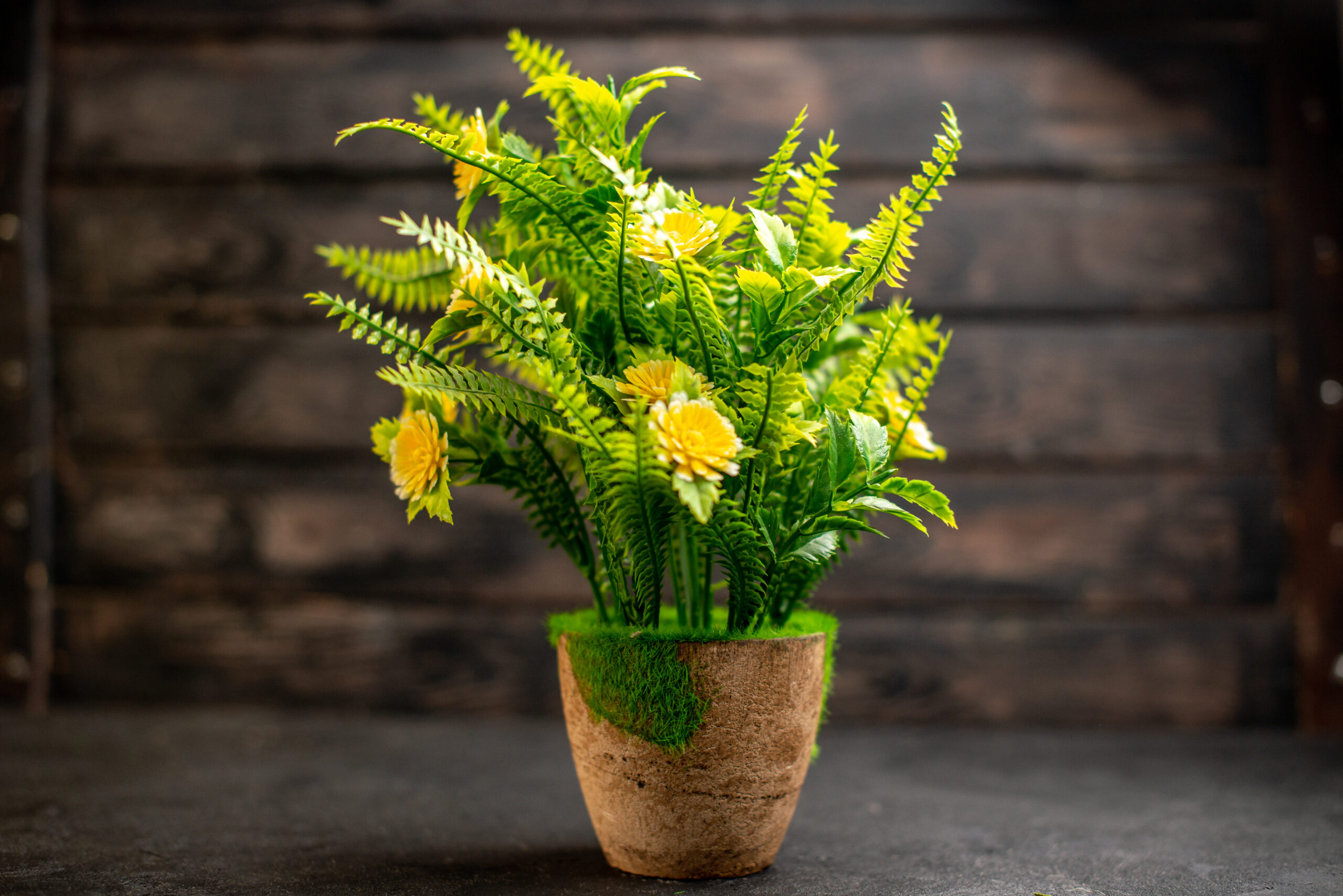Ornamental plants are often celebrated for their aesthetic appeal, transforming spaces with their vibrant colors, lush foliage and artistic structures. However, these plants offer far more than visual charm. From improving air quality to its medical use, ornamental plants serve multiple functional purposes that contribute to environmental and human well-being.
Air Purification and Climate Control
Ornamental plants play a crucial role in improving indoor and outdoor air quality. Many species, such as Areca palm, Spider plant, and Peace lily, are natural air purifiers. They absorb pollutants like carbon dioxide, benzene and formaldehyde, and release oxygen, making the air cleaner and healthier to breathe. Outdoors, they help reduce the urban heat island effect by providing shade and cooling the surrounding area, especially when planted in large numbers.
Erosion Control and Soil Health
Certain ornamental plants are effective in preventing soil erosion. Ground covers like Creeping thyme and English ivy hold the soil together with their extensive root systems, protecting it from being washed away during heavy rains. Additionally, these plants improve soil fertility by adding organic matter and encouraging microbial activity, making them an integral part of sustainable landscaping.
Biodiversity Support
Ornamental plants often attract beneficial insects, birds, and pollinators, contributing to local biodiversity. Flowering plants such as Lavender, Sunflowers, and Zinnias provide nectar and pollen for bees, butterflies, and hummingbirds, helping maintain the ecological balance. By incorporating a variety of ornamental species in gardens and landscapes, one can create a mini-ecosystem that supports wildlife.
Noise Reduction
Ornamental plants also act as natural sound barriers. Dense foliage and hedges like Bamboo and Junipers can absorb sound waves, reducing noise pollution in urban areas. Strategically placed plants in outdoor spaces or along roadsides create quieter, more peaceful environments.
Aromatherapy and Medicinal Uses
While ornamental plants are primarily valued for their beauty, many also have therapeutic properties. Plants like Jasmine, Rosemary, and Chamomile emit pleasant fragrances that can help relax the mind and body, serving as a form of aromatherapy. Some ornamental plants, such as Aloe vera and Calendula, also have medicinal properties, making them both functional and decorative.
Conclusion
Ornamental plants are far more than visual assets; they are functional powerhouses that contribute to environmental health, support biodiversity, and improve human well-being. Incorporating these plants into homes, gardens, and public spaces can create harmonious environments that benefit both people and the planet. By appreciating their multifunctionality, we can cultivate a deeper connection with nature and unlock the full potential of ornamental plants.
Comments are closed.




